Two high risk habitat projects are now going on upstream of our Rockport neighborhood community. One is called the Barnaby Reach project, the other is called the O’Brian. O’Brian is in a study phase managed by WSDOT. We’ve become increasingly concerned because these two projects together represent considerable risk to our community.
Here is our letter of February 17, 2023, to Skagit River System Cooperative declaring our community’s opposition to significant change to hydrology in our area.
February 17, 2023
Devin Smith, Skagit River Systems Cooperative
11426 Moorage Way, La Conner, Washington 98257
Mr. Smith:
This letter expresses our community’s opposition to SRSC’s Barnaby Reach phase two final design document, which envisions major civil construction and significant change to hydrology in our area:
The project proposes to complete preliminary design and initiate permitting for the second phase of restoration in the Barnaby Reach, which will restore fish passage and flow conditions to the Harrison Slough complex. This will be accomplished by diverting Illabot Creek through an historic channel connecting to Upper Harrison Slough, which flows out Harrison Pond and Lucas Slough to the Skagit River, as well as removing culverts along Upper Harrison Slough, levees along the north ern portion of Harrison Pond, and the dike and fishway at the mouth of Harrison Pond…
We’ve been carefully listening to information provided by SRSC regarding Barnaby since the project’s inception.
The Skagit above the Sauk has been highly stable for the past 100 years. This stability has allowed the existence of SR 20, SR 530, the SR 530 bridge over the Skagit, the Cascade River Bridge over the Skagit, the Rockport-Cascade Road – all of which, taken together, provide redundant lines of communication on either side of the Skagit, something very important for everyone who lives and works in our geologically active home, including SRSC and Seattle City Light employees. It seems like SRSC is taking all this for granted.
Were the Skagit to resume chaotic migration, it will jeopardize not only our neighborhood but the Rockport-Cascade Road, as well as State Route 530 and its bridge over the Skagit mainstem at Rockport, also potentially leaving the Howard Miller Steelhead Park a stagnant backchannel rather than a riverfront jewel of a public park enjoyed by thousands each year.
The original Barnaby Project Phase I plan (proposed by SRSC circa 2015) included an alternative involving redirection of the Skagit into the Barnaby Complex, an alternative that SRSC publicly took off the table after vehement community opposition. Particularly given the lack of evidence that decades of habitat activity by SRSC and others has in any way increased Treaty-harvestable salmon in the Skagit, we view the risk posed by intentional destabilization of the Skagit to be flatly unacceptable.
We are aware of several landowners that have purchased land in our area since then, significantly relying on SRSC’s public statements that redirection of the Skagit was no longer part of the Barnaby plan.
After taking the Barnaby flow redirection plan off the table, SRSC and its various public outreach consultants assured our community that the Barnaby Phase 1 project wouldn’t create additional flood risk to our neighborhood. Yet additional flood risk is precisely what appears to have occurred. The November 2021 flood involved flow velocities greater than anything lifetime residents of the area have previously seen.
It’s also impossible to ignore the obvious connection between Barnaby Reach Phase 2 and the O’Brian Reach study, a concept that SRSC was heavily involved in promoting in its early phases. Curiously, SRSC now seems to be trying to distance itself from the public perception it is involved in the O’Brian effort.
The O’Brian Reach concept, at its core, involves directing a significant amount of additional mainstem Skagit water into the Illabot alluvial fan, which a Barnaby Reach Phase 2 channel would then aim directly at our neighborhood, escalating risk of a major channel avulsion event that would cut off the SR 530 Skagit River bridge at Rockport.
Risky and dangerous plans are no less risky and dangerous simply because they’ve been divided into a two-step process. It is difficult to avoid the conclusion that SRSC has been less than forthright about its plans in our area.
Our concerns are exacerbated by the Wiley Slough Project on Fir Island, led by SRSC, which has involved saltwater intrusion and levee overtopping problems for which SRSC has yet to appropriately accept responsibility. Wiley Slough and other SRSC problem projects don’t inspire confidence that SRSC fully understands and incorporates the risks its projects involve, nor that SRSC will appropriately accept responsibility or address problems that may arise.
We’ve also recently learned that SRSC is the only entity with authority to count smolt and thereby validate the results of publicly-funded habitat projects in the Skagit Valley, which is concerning from the standpoint of normal fiscal controls on the use of public funds. Furthermore, we note that SRSC is a grant-funded organization and is therefore incentivized to overstate the benefits and understate the risks of its habitat plans. All this is cause for additional concern.
We also note that the common factor uniting Barnaby and O’Brian is Seattle City Light’s heavy involvement in each, both of which are plainly connected to City Light’s apparent desire to avoid mitigation at the Skagit Project dams. We note that Seattle City Light is playing a major role in land acquisition, scientific and technical support, funding, and political support/pressure with respect to both Barnaby and O’Brian. As such, we must necessarily question whether either project’s environmental analysis and risk assessment is likely to be impartial and objective.
Salmon are an inseparable part of our culture, and we support rational effort to increase Treaty harvest. But risky and reckless habitat projects involving major change to hydrology, with dubious fisheries resource value, are an unacceptable substitute for good faith investment in fish passage by Seattle City Light.
The Barnaby Complex is a wonderful and unique niche ecosystem, providing a home for elk, deer, birds, fish and other wildlife, as well as recreation and tribal and non-tribal hunting opportunity. Along with our own community, homes, lives, property, neighborhood and existing infrastructure, we believe that Barnaby’s existing state has been dismissed and undervalued by SRSC’s plans. Notwithstanding the grant opportunities that SRSC anticipates, we see the Barnaby Complex as a valuable asset to our community and ecosystem just the way it is.
We are skeptical that the path to salmon recovery involves extensive and intrusive use of bulldozers and excavators to fundamentally modify the flow of streams and rivers listed under the U.S. Wild and Scenic Rivers Act.
Neither SRSC nor Seattle City Light have the right to impose significant risks on our community in pursuit of Seattle City Light’s mitigation plans and related grant opportunities.
We are opposed to any habitat activity upstream of our neighborhood that involves active modification of channel hydrology, including SRSC’s Phase 2 Barnaby plans, to the extent they involve cutting a new channel from Illabot to the Barnaby complex (including Barnaby Slough, Harrison Pond and Slough, Lucas Slough, and other wetland features).
We will continue to listen to SRSC, reserving all rights in doing so. Please ensure that our comments are made part of the record of any environmental analysis or public funding related to the Barnaby Phase 2 proposal.
On behalf of our Rockport Neighborhood Community,
David Hallock Howard Stafford
cc: COL Alexander Bullock, Commander, U.S. Army Corps of Engineers, Seattle District
Jody Weil, Supervisor, Mount Baker-Snoqualmie National Forest, U.S. Forest Service
Nino Maltos, Chair, Sauk-Suiattle Indian Tribe
Marilyn Scott, Chair, Upper Skagit Indian Tribe
Steve Edwards, Chair, Swinomish Indian Tribal Community
Sen. Keith Wagoner, Washington State 39th Legislative District
Rep. Sam Low, Washington State 39th Legislative District
Rep. Carolyn Eslick, Washington State 39th Legislative District
Roger Millar, Secretary, Washington Department of Transportation
Brendan Brokes, Regional Director, Washington Department of Fish and Wildlife
Debra Smith, City of Seattle Electric Department
Board of Skagit County Commissioners
Washington State Resource Conservation Office
Skagit Watershed Council
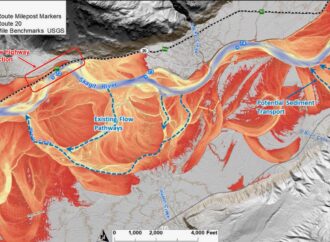
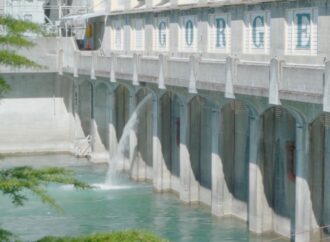

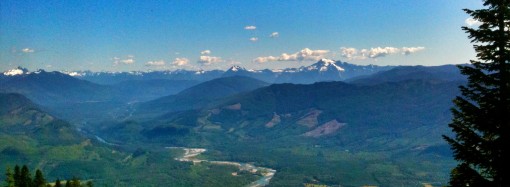
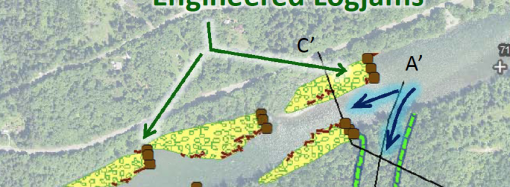
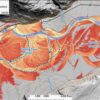
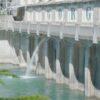
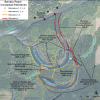
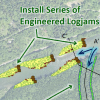
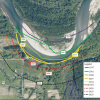
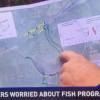
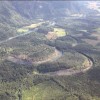
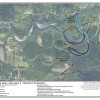
Leave a Comment
Your email address will not be published. Required fields are marked with *